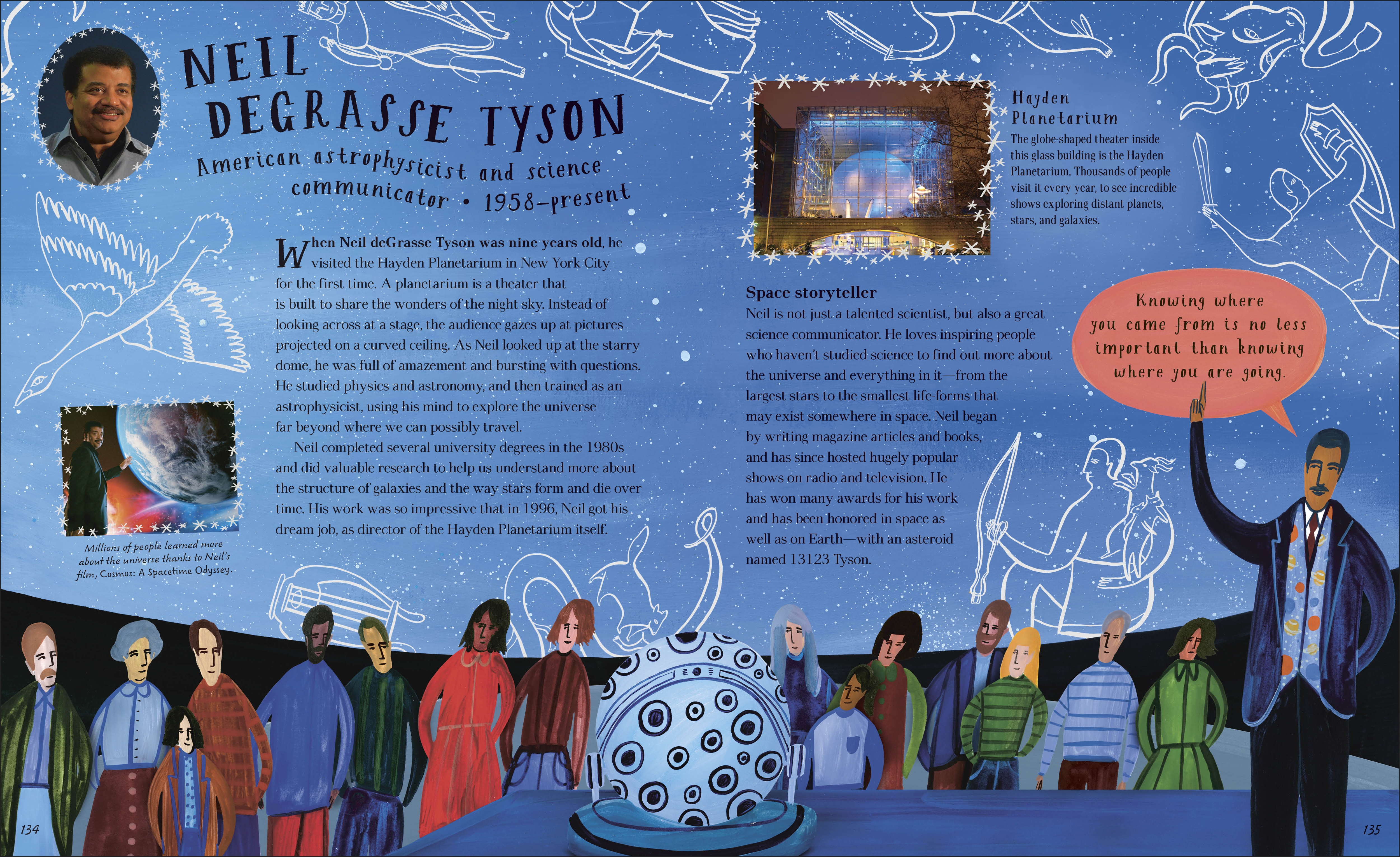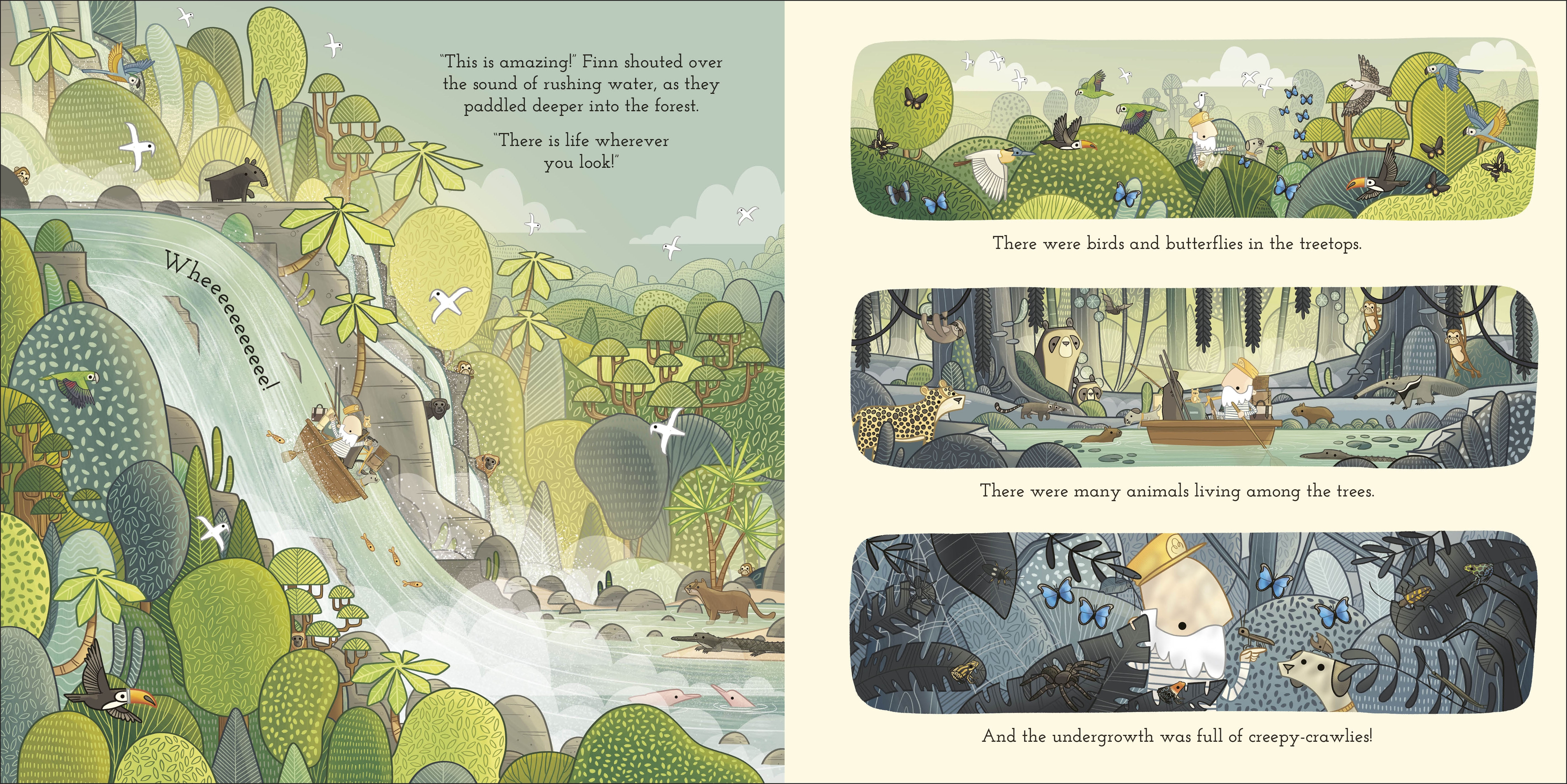Article Post
Nov 11 2022
by Jules Pottle
Where Fact Meets Fiction
The shelves in a bookshop used to be clearly different. In the seventies, fiction books had colorful covers, suggesting magic and adventure. The paper was cream-colored and uncoated, and rarely had any artwork besides the cover, or maybe a map. Really expensive fiction books had an odd colorful insert with a few illustrations that weren’t necessarily positioned next to the text they illustrated. In contrast, non-fiction books looked more serious, printed on shiny paper in columns with black-and-white photos of interesting things.
Fast-forward to the nineties, and there is a riot of color. The non-fiction books are full of color photos, and many of the shorter novels have color illustrations on every page. Even textbooks are brightly colored and full of jolly cartoon images.
More recently, you can see yet more diversification in non-fiction once again. A few non-fiction books are gently creeping in the direction of the storybook: the pages might not be so shiny, the colors might not be so bright. Photographs are replaced by stylized artwork, and the words are starting to sound more emotive, more like a story.
Scientists is a great example of this shift in the form of a non-fiction book. It tells the life stories of a variety of important historical figures, the problems they overcame, and the science questions they answered in their studies. The book is illustrated with drawings, rather than photographs, and the effect is very appealing.

Brendan Kearney’s fantastic Adventures with Finn and Skip picture books are a beautifully illustrated series in which the eponymous duo go on fictional adventures and help children to understand very real ecological and environmental issues along the way. Forest, for instance, sees them explore the rainforest and find out about the issues of deforestation. The books captivate the reader with the charming narrative and quirky illustrations, while seamlessly weaving in learning engagingly.

Why are stories useful when we are dealing with facts? Why not stick to explanatory text? To answer this, I shall refer to the mountain of research that has been done on the way that we process stories.
Our brains engage more deeply and are less easily distracted from information in the form of a story. The psychologist Gordon H. Bower calls this psychological privilege (Bower, 1978). Our brains treat stories differently from other kinds of writing. We look for causality – one thing being linked to another – a cause and effect. We look for characters, which are neither wholly good nor bad, conflicts between those characters, and satisfying twists in the tale – complications. Bower calls these the 4 Cs.
There is further research showing that engaging our emotions heightens all kinds of skills important for learning (Tyng et al., 2017):
- Perception
- Attention
- Learning
- Memory
- Reasoning
- Problem-solving
With all the added advantages of the story format, it is not surprising that there are more books of this type on the market. Teachers find them easy to share in the classroom and children engage well with them.
At the same time, authors such as myself are developing stories that are entirely fictional and yet explain something factual. We are creeping in the opposite direction, from stories towards non-fiction, so that we can fully employ the power of stories in engaging children in learning.
